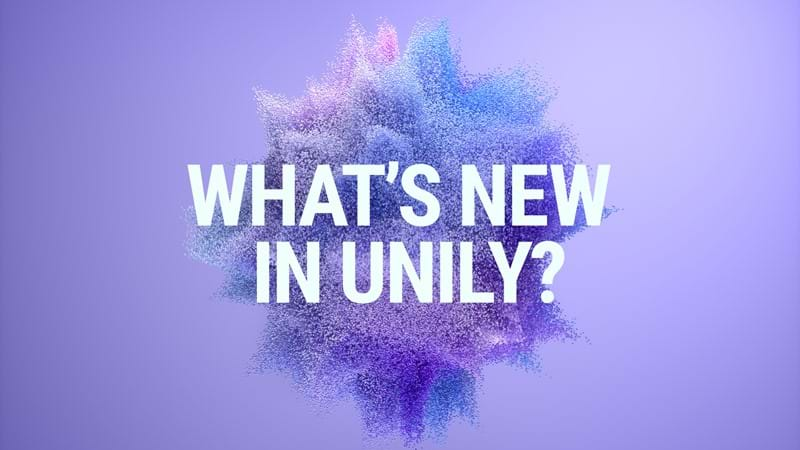What makes a perfect Office 365 intranet?
For organizations who have already invested in Office 365, it makes financial sense to attempt to utilize more of the stack to enable global productivity, solving some of the common challenges around communication, collaboration and knowledge sharing.

The Office 365 stack
As well as providing staff with familiar tools such as Exchange for email and the Office Suite of applications for document creation such as Word and PowerPoint, Office 365 comes well equipped with features that can form the underlying foundations for an effective Office 365 intranet.
If you’re considering Office 365 for a cloud intranet solution, these are the 6 applications to make yourself and your intranet team familiar with:
#1. SharePoint Online
SharePoint Online is an all-important tool for an Office 365 intranet, helping organizations share and collaborate with colleagues, partners and customers on any device. With SharePoint Online, you can access internal sites, documents, and other information from anywhere—at the office, at home, or from a mobile device.
A big benefit of SharePoint Online is that it delivers the powerful features of SharePoint Server without the associated overhead of managing the infrastructure on your own. Flexible management options ensure that you retain the control you need to meet the compliance requirements of your organization. There is a core capability of SharePoint Online that should be highlighted:
#2. Team Sites
SharePoint Team Sites allow you to quickly create sites for different user groups within SharePoint and Office 365 without coding, that look great on any device. Team Sites are constructed of Web Parts which can be customized to your needs. Documents, videos, images, site activities, Yammer feeds and more can be added in a couple of clicks, with the ability to add ‘highlighted content’ such as a news rollup which will automatically and dynamically populate in that area of the page. The home page of a SharePoint Online modern Team Site gives you immediate visibility into site activity and important documents and is a great way to communicate, connect with members and share ideas.
In 2016, Team Sites had a design and user experience overhaul, bringing them up to date and in line with other products across the stack. This stylish new design comes with improvements to Team Site’s integration with other elements of the Microsoft Stack, such a Microsoft Groups, with a new Team Site page automatically created when an Office 365 Group is created.
#3. OneDrive for Business
OneDrive for Business is an integral part of Office 365, providing a more personal space in the cloud for users to store, share and sync work files. Files can be updated and shared from any device and users can simultaneously collaborate on documents. Where SharePoint is suitable for storing team or project related documents, OneDrive is the ideal file storage for all your other files which may be private to your own work, replacing your need for shared network drives or local PC storage.
#4. Yammer
Another essential element of the Office 365 stack is Yammer, Microsoft’s only Enterprise Social Network. The global market for Enterprise Social Networking continues to grow and is forecast to reach US$4.8 billion by 2023 . This is due to ESNs proving themselves as an effective way to support private, enterprise-wide connectivity, communication and collaboration and offer improved business agility.
Yammer is the market favourite ESN, enabling cross-company discussions for 85 percent of the Fortune 5004. Yammer unites staff in shared digital conversations through social feeds and groups and allows faster and easier knowledge sharing across the organisation. It’s an effective engagement tool for corporate intranets if integrated well, bringing real time conversations alongside static information such as news articles, while providing sharing and commenting functionality for static content pieces. This breathes life into an intranet system while helping to provide a voice for employees across the business.
#5. Groups / Teams
Groups and Teams are two of Office 365’s applications that are focused around group collaboration. Groups provides file sharing and conversation capability across virtual teams and as of late, optionally integrates with Yammer for social capability too. Office 365 Teams was released more recently and are built directly on top of Groups, providing advanced features. While offering similar capabilities, Teams has a focus on a chat-based workspace, with social feeds and email chains taking centre stage. Its overall goal is to bring together people, conversations and content, helping to create a more open digital environment that makes work visible, integrated and accessible. Microsoft Teams delivers on four core capabilities:
#6. Delve and the Office Graph
Relevance and intelligence is essential in the modern day digital workplace, helping users to discover new information and content. Using machine learning, the Office Graph creates a spider web style set of connections between every person and all resources. Behind the scenes it establishes these links by monitoring who you meet with, what documents you access and what areas of your Office 365 solution you frequent. Delve is the intuitive application on top of this which accesses all of this information to allow for sharper, smarter searching within your intranet solution. It serves up documents that you are most likely to be looking for based upon this data, reducing search time and thus increasing productivity. Delve can also be used to search for colleagues. If you know that ‘Dan’ was working on X document, but you don’t know where he stored it, searching for Dan will bring related documents and people that he frequently works with / on to the forefront.
Bringing it all together for a seamless Office 365 intranet
Once it’s clear what these services can offer, it’s time to start bringing them together to provide users with a seamless Office 365 intranet. Simply launching Office 365 to your organization won’t support the global connectivity you’re looking for as the tools are too segmented to be understandable for a diverse user-base.
Firstly, think about the conversations that occur across your intranet and how these can be addressed by the core Office 365 functionality. We’ve devised a diagram to make this clearer, separating conversations by:
- 1:1 Communication (1:1) A private one on one conversation that takes place between two people
- 1:Many Communication (1:M) A communication from an individual to a group of users
- Many: Many Communication (M:M) A collaborative conversation involving a group of users with no single owner

-
On-demand













